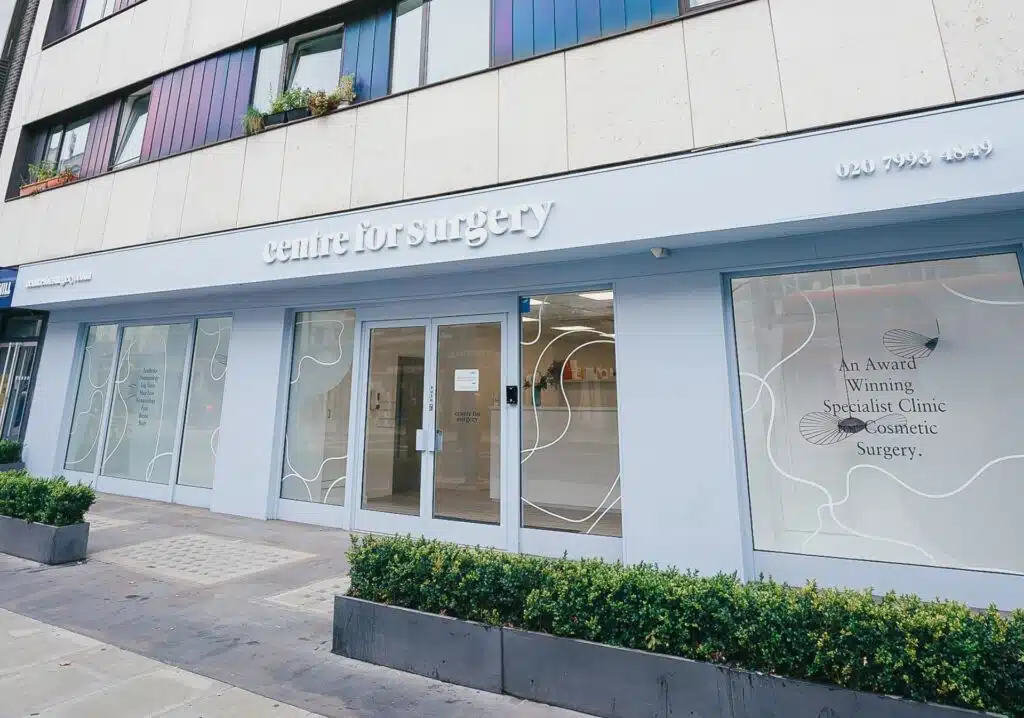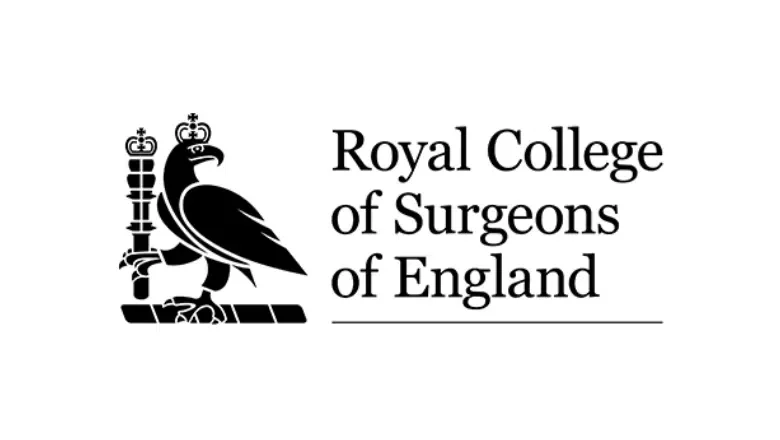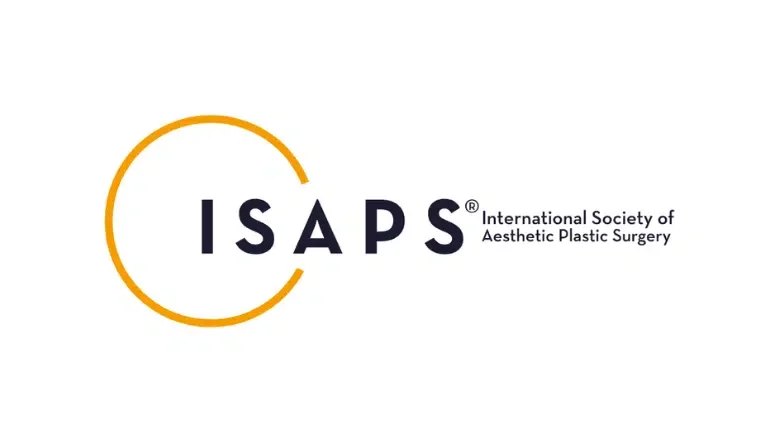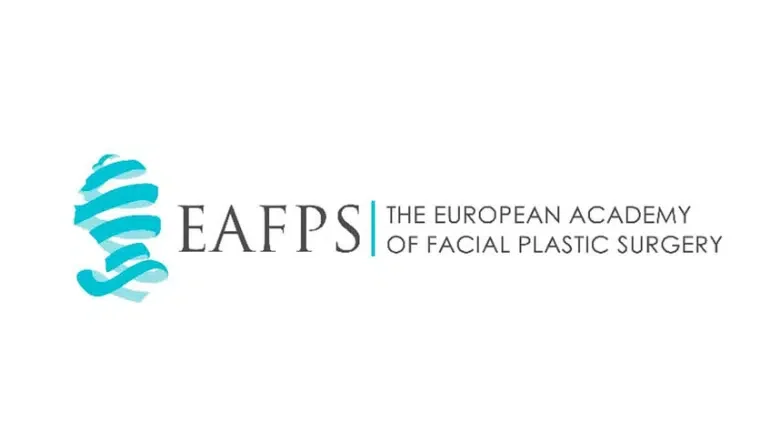Blepharoplasty, often referred to as eyelid surgery, is becoming increasingly popular in the UK. In fact, recent numbers show that there’s been a massive jump in interest, with over 70% more people opting for this treatment compared to the previous year. This spike in interest isn’t just among women; men too are showing keen enthusiasm.
So, what exactly is eyelid surgery? Well, it’s a procedure that can focus on either the upper eyelids, the lower ones, or even both simultaneously. The reason for getting it isn’t always just about improving one’s looks. While it certainly helps in giving a more refreshed and youthful appearance, it’s also a practical treatment. This surgery can address and help with various conditions related to the eyes. So, it’s both about looking better and potentially improving the function of the eyelids.
RELATED: Understanding Eyelid Anatomy
BENEFITS OF BLEPHAROPLASTY SURGERY
- Achieve a Youthful Appearance: The eyes often play a critical role in how we perceive someone’s age. The saying goes that the eyes are the ‘windows to the soul’, but they can also be tell-tale signs of ageing, stress, and fatigue. Factors like wrinkles, sagging skin, pronounced dark circles, and puffiness can prematurely age an individual. Post-blepharoplasty, the transformation can be striking. Many patients share that they not only feel younger but are frequently told they appear more youthful and refreshed almost immediately after the procedure.
- Radiate Energy and Vitality: Both men and women have expressed concerns about how saggy upper eyelids or notable eye bags make them appear perpetually tired. This look can be misleading, especially if the individual feels energetic. After undergoing eyelid surgery, many share stories of receiving compliments from friends, family, and co-workers about how well-rested and vibrant they appear.
- Enhance Visual Acuity: Beyond the aesthetic advantages, blepharoplasty can also offer functional benefits. Droopy skin around the eyes might hinder one’s side or peripheral vision, particularly impacting the upper and external sections of one’s field of view. By strategically removing the excess tissue through an upper blepharoplasty, one can experience noticeable improvements in vision.
- Reduce Forehead Wrinkles: Continually raising the eyebrows to compensate for vision obscured by sagging upper eyelids can have consequences. This repetitive motion often leads to the forehead muscles frequently contracting and relaxing, which can result in pronounced frown lines. After an upper eyelid lift, many patients note a distinct reduction in these wrinkles, attributing to a smoother forehead.
- Address Inherited Eye Concerns: While many seek blepharoplasty to combat the signs of ageing, the surgery can also be beneficial for those looking to rectify inherited conditions. Some individuals might be genetically predisposed to issues like ptosis of the upper lid, eye bags, or asymmetrical eyelid shapes. Eyelid surgery can address these concerns, regardless of the patient’s age.
- Simplified Make-up Routine: For many women, saggy or hooded skin on the upper eyelids can make the process of applying makeup a challenging task, particularly eyeshadow and eyeliner. The skin’s excess might obscure the natural crease of the eyelid or make the makeup smudge. By opting for an upper blepharoplasty, the eyelids regain their defined crease, making makeup application smoother and less time-consuming.
- Potential Relief from Migraines: Interestingly, some migraine sufferers might find relief through an upper eyelid lift. Research from the US indicated encouraging results – with 90% of the blepharoplasty patients witnessing at least a 50% improvement in their migraine symptoms. A year post-surgery, half of the participants reported being entirely migraine-free. The theory suggests that the procedure might suppress certain nerves responsible for triggering these severe headaches.
What conditions can eyelid surgery target?
Eyelid surgery, also known as blepharoplasty, is primarily an aesthetic procedure, but it can also address several functional issues related to the eyelids. Here are the conditions that eyelid surgery can target:
- Dermatochalasis: This refers to the excess skin on the upper or lower eyelid, often a result of ageing. It can make the eyes look droopy or tired and, in severe cases, may obstruct vision.
- Blepharoptosis: Commonly known as ptosis, this is the drooping of the upper eyelid caused by weakened eyelid muscles or nerve problems. It can affect one or both eyes and may be congenital or acquired later in life.
- Eyebags: These are the puffy appearances below the eyes caused by the accumulation of fat. Eyebags can make an individual look fatigued even when well-rested.
- Hollows or Troughs: The opposite of eyebags, hollows or tear troughs create a sunken appearance below the eyes, often due to ageing, making the eyes look tired.
- Excess Muscle: Sometimes, the muscle beneath the skin of the eyelids can become hypertrophic or enlarged, contributing to a bulkier appearance.
- Entropion: This is a condition where the eyelid, usually the lower one, turns inward, causing the eyelashes and skin to rub against the eye surface. It can be painful and may lead to other eye complications if not addressed.
- Ectropion: The opposite of entropion, ectropion is when the eyelid, typically the lower one, turns outward, exposing the inner surface. This can result in dryness and irritation.
- Epiphora: Though not directly a condition of the eyelids, excessive tearing known as epiphora can sometimes be related to eyelid issues like ectropion, which affects the normal drainage of tears.
- Xanthelasma: These are yellowish deposits of cholesterol under the skin, usually on or around the eyelids. A blepharoplasty can remove these deposits for cosmetic reasons.
- Tumours or Growths: While most eyelid growths are benign, some may be malignant. A modified form of blepharoplasty can be performed to remove these growths.
- Asymmetry: Some people might have naturally asymmetric eyelids. Surgery can help achieve a more balanced appearance between both eyes.
Is eyelid surgery a safe procedure?
Eyelid surgery, or blepharoplasty, is generally considered a safe procedure when performed by experienced plastic surgeons. Like any surgical procedure, however, there are inherent risks involved. The key to a successful and safe outcome is ensuring that the procedure is appropriate for the individual, that it is carried out under the right conditions, and that patients follow post-operative care instructions diligently.
Benefits of Eyelid Surgery:
- Improved appearance of the eyelids.
- Enhanced vision if droopy lids previously obstructed it.
- Boosted self-confidence.
RELATED: Eyelid Surgery FAQs – Q&A about Blepharoplasty
Potential Risks of Eyelid Surgery:
- Infection and bleeding: As with any surgery, infection and bleeding are risks, though these are relatively rare.
- Scarring: Any surgery can result in scarring, but scars from blepharoplasty are typically well-concealed within the natural structures of the eyelid. Over time, they tend to fade and become less noticeable.
- Dry or irritated eyes: Some people may experience dryness or irritation in their eyes after the procedure, but this is usually temporary.
- Difficulty closing eyes: In rare cases, a person might have trouble fully closing their eyes, which could lead to dry eyes.
- Asymmetry in healing: One eye may heal faster or differently than the other, leading to a temporary or permanent asymmetry.
- Loss of vision: An extremely rare complication is the potential loss of vision, usually due to severe postoperative bleeding.
- Overcorrection or undercorrection: There’s a possibility that too much or too little skin might be removed, affecting the desired outcome.
- Persistent pain: Though uncommon, some individuals might experience prolonged pain post-surgery.
- Adverse reactions to anaesthesia: Any surgery involving anaesthesia carries the risk of a reaction, though it’s relatively rare with modern monitoring and drugs.
- Ectropion (outward turning of the eyelid): A potential complication where the lower lid sags outward, away from the eye.
For the best outcome, it’s essential to:
-
- Choose a reputable surgeon: Ensure your surgeon is highly qualified, has considerable experience with eyelid surgeries, and can share before-and-after photos of their previous procedures.
- Discuss all risks and benefits: Before committing to surgery, have an open conversation with your surgeon about all potential risks and benefits of eyelid surgery.
- Follow pre-operative instructions: This often includes stopping certain medications and ensuring good overall health.
- Adhere to post-operative care: Follow your surgeon’s instructions regarding cleaning, medication, activities to avoid, and follow-up appointments.
Is eyelid surgery permanent?
Eyelid surgery, or blepharoplasty, offers long-lasting results, but it’s essential to understand that the procedure does not stop the natural ageing process. Thus, while the effects are often described as “permanent” in the sense that the removed excess skin, fat, or muscle won’t return, changes to the face and eyelids will continue to occur as one ages.
Here’s a breakdown of what you can expect:
- Upper Eyelid Surgery: The removal of excess skin and fat from the upper eyelids typically offers results that last many years. For many people, the procedure needs to be done only once in a lifetime. However, as ageing continues, some individuals might develop a degree of skin laxity or droopiness over time, although it may not be as severe as the initial condition.
- Lower Eyelid Surgery: The removal or repositioning of fat from the lower eyelids is generally permanent. However, skin quality and other age-related changes might continue to affect the lower eyelid area.
- Recurring Issues and Further Procedures: Some individuals, due to genetic predispositions or other factors, might see a recurrence of certain conditions, like droopy eyelids (ptosis), which could require additional procedures in the future.
- Continued Ageing: Over time, the skin will naturally lose its elasticity, and facial tissues will sag. The effects of gravity, sun exposure, and the natural ageing process will continue. Hence, even after a successful blepharoplasty, preventative and maintenance skin care is essential.
- Longevity of Results: Factors influencing the longevity of blepharoplasty results include genetics, skin type, lifestyle choices (like sun exposure and smoking), and general health.
RELATED: Is Eyelid Surgery Worth It?
About Centre for Surgery
At the heart of London’s medical district, the Centre for Surgery stands as a beacon of excellence in the world of cosmetic and reconstructive surgery. We believe that every patient is unique, and so are their aspirations. For this reason, our team of highly trained and dedicated surgeons tailors each procedure to fit the individual needs of our clientele.
Why Choose Centre for Surgery?
- Experience & Expertise: Our surgeons are board-certified, have decades of combined experience, and are passionate about staying updated with the latest techniques in the field.
- Patient-Centric Approach: Your journey with us begins with a comprehensive consultation, ensuring we understand your goals and concerns. Our dedicated patient care coordinators guide you every step of the way.
- State-of-the-Art Facility: Our clinic is equipped with cutting-edge technology, ensuring that you receive only the best care possible.
- Safety First: We take patient safety very seriously. From our rigorously maintained operation suites to our aftercare protocols, we ensure that your safety is our top priority.
- Natural Results: Our aim is to enhance your beauty with natural-looking results. We believe in subtle changes that boost your confidence and rejuvenate your appearance.
Whether you’re looking for a transformative surgical procedure or a minimally invasive treatment, Centre for Surgery is your ideal destination for achieving your aesthetic dreams. Join the thousands who have trusted us with their beauty and witnessed a world of difference.
Book Your Consultation Today! For a one-on-one consultation with our expert team or to learn more about how we can help you achieve your goals, please contact us:
- Phone: 0207 993 4849
- Email: contact@centreforsurgery.com
Your journey to a more confident you starts with us. Reach out today!










